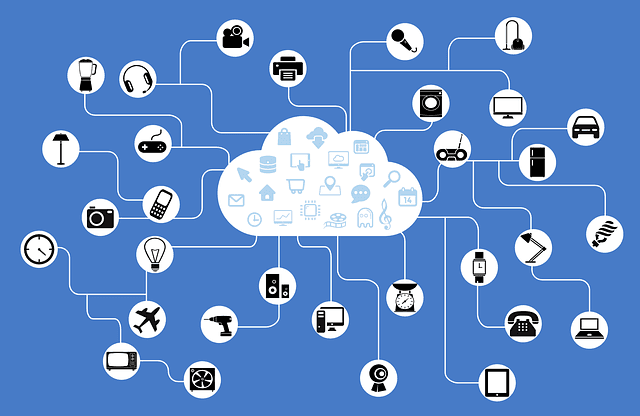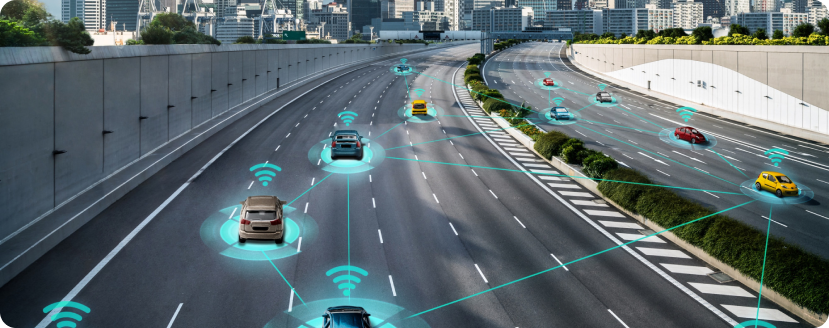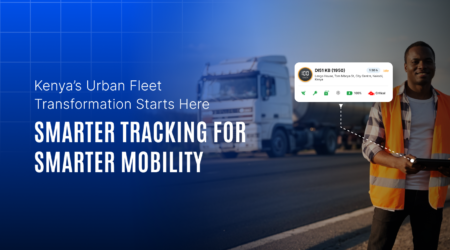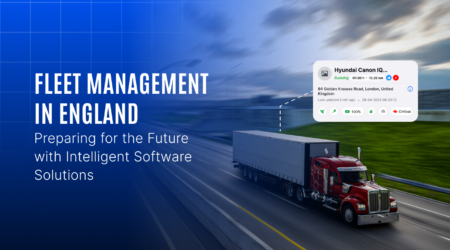Internet of Things Vs Fleet Management!
(IoT) The Internet of Things is a vast environment of physical objects, devices, or sensors connected to the Internet. Any digital device, object, or person that can transfer data over a network medium without the need for a human-to-computer interaction, that can be remotely controlled and monitored.
Fleet management is an industrial technique to organize and improve the efficiency and productivity of resources and reduce the cost control over vehicles. Thus, In Fleet Management System Internet of Things is considered as an ecosystem of multiple technologies used in fleets like commodity sensors, real-time activity, wireless networks, control systems, embedded systems, and machine learning.

How IoT in Fleet Management Works
- In the early days, fleet operating companies don’t have many connectivity systems. Despite having devices like mobile phones and GPS sensors were not able to provide accurate data. Resulting in issues like maintenance and loss of control over the vehicle. With the rise of IoT Technology offering several new tools like live vehicle streaming cameras, scheduling, Load Management, Driver Behaviour, and vehicle tracking have changed the working patterns of fleet companies.
- As mentioned above, various IoT-enabled devices or objects, such as sensors and real-time features, are used in a fleet. These objects transmit real-time data over an internet-connected network. After collecting and analyzing this data from individual vehicles, it assists both fleet operators and drivers.
- IoT generally makes use of 3 technologies that underpin fleet management which are RFID (Radio-Frequency Identification), GPS (Global Positioning System), OBD I (Onboard Diagnostic), and OBD II.
- RFID fetches accurate and reliable information to manage the fleet’s live behavior consistently. Fleet vehicles use RFID tags for detailed and automated wireless identification
- GPS provides real-time route maps, route information, and weather updates for fleet trips.
- The OBD device monitors vehicle behavior, generates alerts, checks fuel consumption and mileage, and detects machine failures.
Key Takeaways of Having IoT Products in Fleet Management
Automated Functionality
Using IoT in fleet management offers a significant advantage: it automates various vehicle functions. The vehicle’s device connects to IoT systems, enabling clients to understand and create daily workflows for managing logistics and trip planning easily. IoT allows logistics companies to remotely track fleets anywhere, anytime. Additionally, automated processes assist drivers in checking vehicle conditions, receiving weather warnings, and rerouting in emergencies.
Better Analysis
The various sensors in vehicles are connected with an IoT system that gives accurate information which helps fleet management companies to get useful information about vehicle running speed, vehicle idling status, fuel consumption, and driver behavior. Better analysis features play an important role in improving performance and making accurate decisions related to processes and equipment.
Competitive Benefits
Early adopters of IoT in their fleet management process lead their competitors. IoT cuts vehicle maintenance costs by boosting fleet performance and productivity. The data from IoT enables quick decisions and instant workflow improvements for fleet management companies. Therefore, IoT will become the lifeline of the fleet management industry in the upcoming years.













